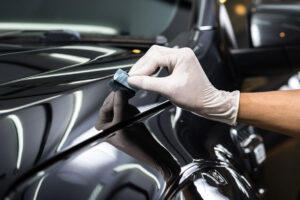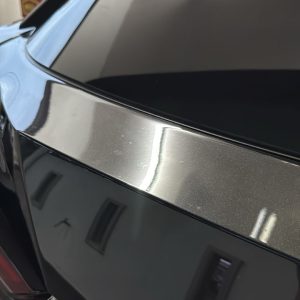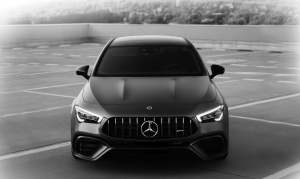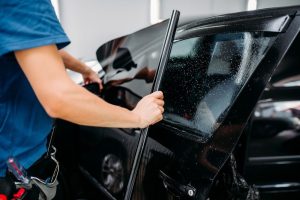When it comes to car tinting and protection services, the difference between a good experience and a great one often lies in how well the technician understands the product. At Shield Smith, we pride ourselves on having a team of technicians who are not just skilled in installation, but are also well-versed in explaining every detail of our products.
Whether it’s understanding the difference between nano-ceramic vs. sputtered films, or explaining the performance of coating types like silicon resin, SiO2, polysiloxane, or graphene, our team ensures that customers get clear, honest, and professional insights before making a decision.
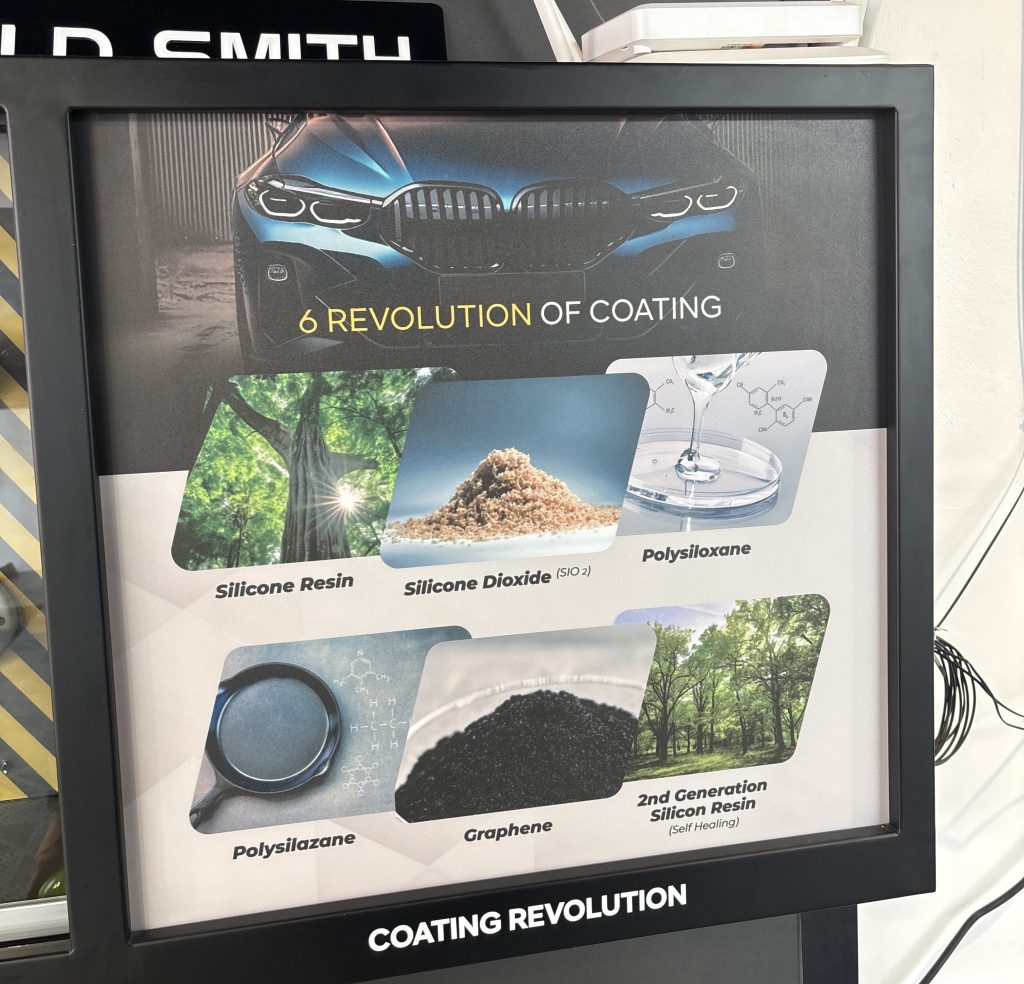
Window Film: Technicians Who Know Their Tint
One of the most common concerns from customers is understanding VLT, heat rejection, and signal interference. Our technicians are trained to explain:
-
What is VLT (Visible Light Transmission)?
-
How IRR and TSER affect heat rejection
-
Why JPJ compliance is important
-
The difference between film types:
-
Eclipse Series: Dyed film for entry-level protection
-
Alaska Series: Nano-ceramic film for heat rejection
-
Divine Series: Hybrid sputtered + ceramic film for balance
-
Prime Series: Multilayer sputtered film with top-tier performance
-
Customers can test film performance with real demo units like our heat lamp display, laser meters, and even experience temperature comparison inside our full-body experience chamber.
Coating Types: More Than Just Gloss
Most car owners think of coating as just a glossy finish, but our technicians help educate customers on the chemical difference and long-term durability of each formula:
🔸 Silicon Resin
Basic-level coating offering short-term shine and water repellency. Our techs inform customers this is suitable for temporary protection or budget options.
🔸 Silicon Dioxide (SiO2)
This is the foundation of most ceramic coatings. Shield Smith technicians explain how SiO2 bonds with the paint, giving enhanced hardness and resistance against UV, heat, and chemical contaminants.
🔸 Polysiloxane
Known for better flexibility and surface bonding. Our team highlights its use in mid-tier coatings that offer good balance between gloss and protection.
🔸 Polysilazane
Used in high-performance coatings, polysilazane forms a hard and durable layer resistant to chemicals and heat. It also contributes to the self-cleaning effect.
Why This Matters for Customers
It’s not just about installing a product—it’s about making sure the customer understands what they’re paying for. At Shield Smith, we train our team to be product advisors:
-
They’ll recommend the best tint or coating based on your car model, driving habits, and lifestyle.
-
They can explain maintenance tips, warranty terms, and what to expect after installation.
-
They are trained to answer questions like:
-
“Why does this film feel hotter but look lighter?”
-
“What’s the difference between ceramic and graphene coating?”
-
“How long will this protection really last?”
-
Training That Makes the Difference
All Shield Smith technicians undergo:
-
Product knowledge workshops with real product spec sheets
-
Hands-on training with demo equipment
-
Customer communication training to explain technical info in everyday language
This ensures you don’t just get a service—you get peace of mind and a better value-for-money experience.
Multilayer Sputtered Window Film
** Installement Plan Up To 24 Months**

